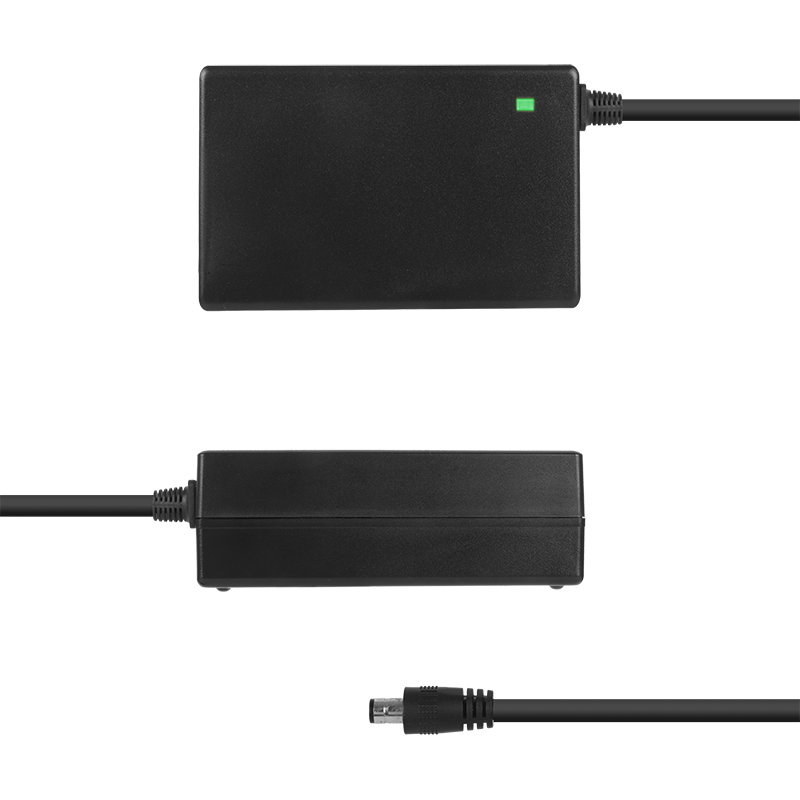

In the dynamic world of electronics, where devices come in various shapes and sizes, the terms "power adapter" and "charger" are often used interchangeably. However, understanding the nuances between these two components is crucial for optimizing the performance of our electronic gadgets. Let's embark on a journey to demystify the roles of power adapters and chargers, shedding light on their unique functions.

Defining the Power Adapter:
A power adapter, sometimes referred to as a power supply or wall adapter, serves a fundamental role in the realm of electronics. Its primary function is to convert electrical power from an outlet into a specific format suitable for an electronic device. Unlike a charger, a power adapter doesn't engage in the process of recharging a device's battery but is rather focused on supplying the necessary voltage and current for the device to operate.
Key Characteristics of Power Adapters
AC to DC Conversion:
Power adapters excel in converting alternating current (AC), as received from a standard wall outlet, into direct current (DC), the form of electricity required by most electronic devices.
Voltage and Current Precision:
Power adapters are precision instruments, providing a specific output voltage and current tailored to the unique requirements of the connected device. This precision ensures optimal performance without risking damage due to overvoltage.
Common Uses:
Powering devices that operate on direct current, such as laptops, desktop computers, monitors, routers, and audio equipment.
Providing electricity to devices that lack built-in batteries, ensuring continuous operation.
Defining the Charger:
While a charger shares some similarities with a power adapter, its primary function is distinct. A charger is designed to replenish the energy stored in a device's battery. It connects to the device and delivers a controlled flow of electricity to charge the battery to its optimal capacity.
Key Characteristics of Chargers
Battery Charging Capability:
Chargers are equipped with the functionality to charge the batteries of electronic devices, ensuring they are ready for use when needed.
Voltage and Current Variability:
Chargers must be compatible with the specific requirements of the device's battery. They often provide variable voltage and current output to accommodate different battery technologies and charging speeds.
Common Uses:
Charging the batteries of smartphones, tablets, cameras, electric vehicles, and other portable electronic devices.
In summary, while both power adapters and chargers play vital roles in the functionality of electronic devices, their primary purposes differ. A power adapter ensures the device receives the right form of electricity for operation, while a charger focuses on replenishing the device's battery. Understanding these distinctions empowers users to make informed decisions about their electronic power needs, promoting optimal device performance and longevity.